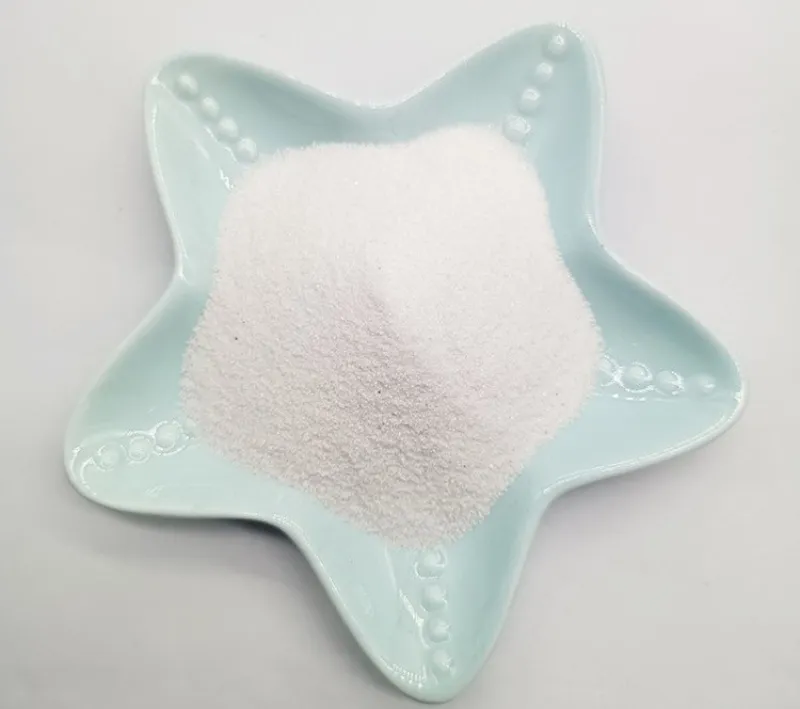Artificial stone is one of today’s most important building and decorative materials. It can replace natural stone, high-end ceramics, wood, and metal decoration materials. It is a green, environmentally friendly building material. Among these, quartz stone is a key variety of artificial stone. Quartz powder plays a vital role as an inorganic, non-metallic functional filler in artificial quartz stone. Composed mainly of SiO₂, it appears as a fine white powder. Produced by processing natural quartz ore through crushing, washing, and grinding, quartz powder can be combined with organic polymers to enhance the overall performance of composite materials. Modified quartz powder, which undergoes surface treatment to improve its properties, further boosts the compatibility and dispersion of quartz powder in polymer-based systems. This modification enhances the mechanical properties and stability of the final product, making it widely used in various industries, including electrical, electronics, silicone rubber, coatings, adhesives, and potting materials.

Modification of Quartz Powder
The raw materials for organic artificial stone are essentially the same as for quartz stone. The only difference is that the sand powder is replaced by calcium carbonate material. However, the unsaturated polyester resin content typically ranges from 5% to 11%, with a significant difference in resin usage. Industry research shows that this difference is mainly due to the fact that quartz powder used in the organic artificial stone industry has not undergone surface modification. The poor compatibility between the resin and powder interface leads to a higher resin requirement.
Furthermore, using unmodified quartz powder directly as an organic filler in artificial quartz stone is often not ideal. This is because natural quartz powder has a strong polarity on its surface, which results in poor affinity with polymer materials. As a filler, it is not evenly dispersed and tends to clump, increasing the resin content. This leads to deviations in the content of quartz stone and resin, which can significantly impact the physical and chemical properties of the product.
Thus, modifying quartz powder’s surface can alter its polarity, turning it from polar to non-polar. This makes it easier for the powder to disperse effectively in organic mediums and enhances compatibility with the resin. This reduces resin usage and maintains good material status and slab performance. Surface modification is an important strategy for reducing costs and improving efficiency in quartz stone products.
Effect of Modified Quartz Powder on Quartz Stone Slabs

Unmodified quartz powder is produced from quartz sand using a ball mill and classifier production line. Modified quartz powder is the unmodified powder treated further in dedicated modification equipment with a coupling agent specifically for artificial quartz stone.
Using modified quartz powder in organic quartz stone significantly reduces the resin content, lowers the organic component of the slabs, and promotes the development of low-carbon, green, and environmentally friendly technologies for quartz stone. Furthermore, it reduces costs.
According to experimental data, after modification, quartz powder shows a significant decrease in oil absorption. In the production of quartz stone slabs, less resin is required to wet the surface of quartz sand. Most of the resin is used to wet and disperse the quartz powder. The amount of resin required to wet and disperse the quartz powder directly affects the resin usage in the slabs. After adding modified quartz powder, resin usage decreases. The surface of modified quartz powder is hydrophobic and oleophilic, requiring less resin to achieve the same material state. Since the resin in quartz stone slabs is costly, accounting for almost 60% of the overall cost, reducing resin usage significantly lowers production costs.
When modified quartz powder replaces unmodified quartz powder in the slabs, and the substitution rate increases, resin usage continues to decrease. The ball drop impact resistance and water absorption remain unchanged. However, the surface hardness and glossiness of the slabs improve. After resin curing, the surface hardness of quartz stone slabs is the lowest. Reducing resin usage further increases the surface hardness of the slabs. When the surface hardness improves, the glossiness increases correspondingly.
Conclusion
Epic Powder specializes in providing tailored solutions for modifying quartz powder. Through our advanced surface modification technology, we help optimize resin usage, enhance material performance, and support the sustainable production of artificial quartz stone products. By reducing resin content and improving dispersion, we enable better physical properties and cost efficiency for manufacturers, contributing to the growth of greener, more environmentally-friendly materials in the industry.
